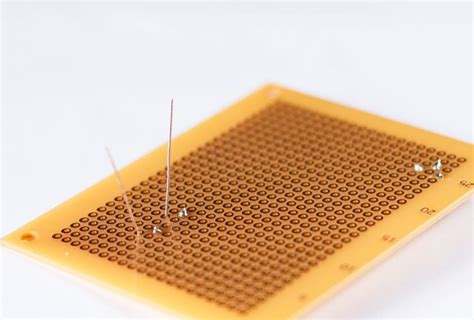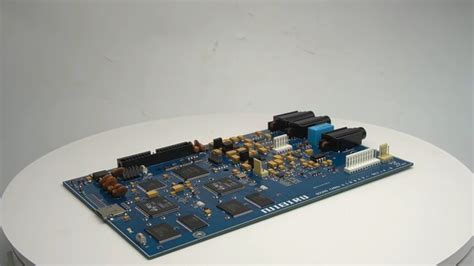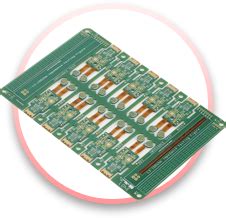Development of layout and routing technology
With the application of new hardware technologies such as microvias and monolithic high-density integrated systems, new software such as free-angle routing, automatic layout and 3D layout and routing will become one of the essential design tools for circuit board designers.
In early circuit board design tools, there was a special layout software for layout and a special routing software for routing, and there was no connection between the two. With the application of high-density single chips, high-density connectors, microvia built-in technology and 3D boards in printed circuit board design, layout and routing have become more and more integrated and have become an important part of the design process.
Software technologies such as automatic layout and free-angle routing have gradually become an important method to solve such highly integrated problems. Such software can be used to design manufacturable circuit boards within a specified time frame. In the current situation where product time to market is getting shorter and shorter, manual routing is extremely time-consuming and inappropriate. Therefore, layout and routing tools are now required to have automatic routing functions to quickly respond to market requirements for product design.
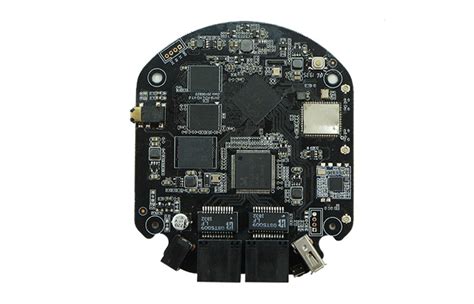
1.Design constraints
Due to the need to consider high-density design factors such as electromagnetic compatibility (EMC) and electromagnetic interference, crosstalk, signal delay and differential pair wiring, the constraints of layout and routing are increasing every year. For example, a few years ago, a general circuit board only needed 6 differential pairs for wiring, but now it needs 600 pairs. It is impossible to rely on manual wiring to achieve these 600 pairs of wiring within a certain period of time, so automatic wiring tools are indispensable.
Although the number of nodes (nets) in today’s design has not changed much compared with a few years ago, only the complexity of silicon chips has increased, but the proportion of important nodes in the design has greatly increased. Of course, for some particularly important nodes, the layout and routing tools are required to distinguish them, but there is no need to restrict each pin or node.
2.Free angle wiring
As more and more functions are integrated on a single chip, the number of its output pins has also increased greatly, but its package size has not expanded accordingly. Therefore, coupled with the limitations of pin spacing and impedance factors, such devices must use finer line widths. At the same time, the overall reduction in product size also means that the space used for layout and routing has been greatly reduced. In some consumer products, the size of the baseboard is almost the same as the size of the device on it, and the components occupy up to 80% of the board area.
Some high-density components have staggered pins, and even tools with 45° routing functions cannot be automatically routed.
Although the 45° routing tool can perfectly handle some line segments at exactly 45°, the free-angle routing tool has greater flexibility and can maximize the routing density.
The pull-tight function automatically shortens each node after routing to adapt to the space requirements. It can greatly reduce signal delays and reduce the number of parallel paths, helping to avoid crosstalk.
Although the free-angle design is manufacturable and has good performance, this design will cause the motherboard to look less beautiful than previous designs. The motherboard design may no longer be a work of art after the time it goes to market.
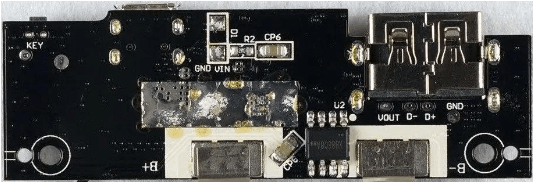
3.High-density devices
The latest high-density system-level chips use BGA or COB packaging, and the pin spacing is getting smaller and smaller. The ball spacing has been as low as 1mm and will continue to decrease, making it impossible to lead out the signal lines of the package using traditional routing tools.
There are currently two ways to solve this problem: one is to lead the signal line from the lower layer through the hole under the ball; the other is to use ultra-fine wiring and free-angle wiring to find a lead channel in the ball grid array. For such high-density devices, the use of extremely small width and space wiring is the only feasible way to ensure a high yield rate. Modern wiring technology also requires the ability to automatically apply these constraints.
Free wiring methods can reduce the number of wiring layers and reduce product costs. It also means that some ground layers and power layers can be added to improve signal integrity and EMC performance while keeping the cost unchanged.
4.Next-generation circuit board design technology
The application of micro-hole plasma etching technology in multi-layer boards, especially in cellular phones and home appliances, has greatly changed the requirements for layout and wiring tools. Using plasma etching to add a new hole within the path width will not increase the cost of the base plate itself or the manufacturing cost, because for plasma etching, the cost of making a thousand holes is as low as the cost of making one hole (this is very different from laser drilling). This requires greater flexibility in wiring tools, which must be able to apply different constraints and adapt to the requirements of different micro-holes and construction technologies.
The increasing density of components has also had some impact on layout design. Layout and routing tools always assume that there is enough space on the board for the component pick-and-place machine to pick and place surface-mount components without affecting existing components on the board. However, the sequential placement of components will cause a problem that the optimal position of each component on the board will change every time a new component is placed.
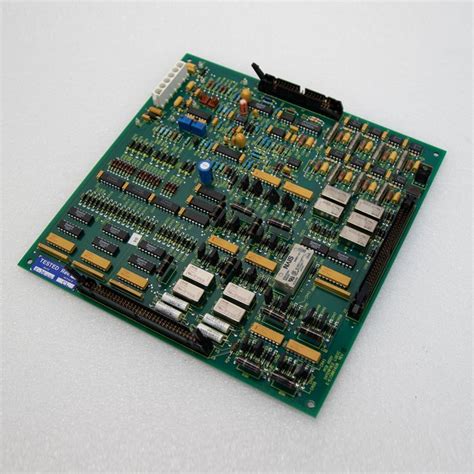
This is why the layout design process has a low degree of automation and a high degree of human intervention.
Although current layout tools have no limit on the number of components that can be placed sequentially, some engineers believe that layout tools are actually limited when used for sequential layout, and this limit is about 500 components. Some engineers also believe that when up to 4,000 components are placed on a board, it will cause big problems.
Compared with sequential algorithm technology, parallel layout technology can achieve better automatic layout results. Therefore, when Zuken acquired Incases, Incases’ parallel layout technology benefited Zuken a lot.
5.Three-dimensional layout
3D tools are used for layout and routing of special-shaped and fixed-shaped boards, which are increasingly widely used. Zuken’s latest tool, Freedom, uses a 3D model of the board to spatially place components, followed by 2D routing. This process also tells: Is this board manufacturable?
In the future, design techniques such as shaded differential pairs on two different layers will become increasingly important, and routing tools must be able to handle such designs, and signal rates will continue to increase.
There are also tools that integrate placement and routing tools with advanced simulation tools for virtual prototyping, such as Zuken’s Hot Stage tool, so routing issues can be considered even in virtual prototyping.
Automatic routing technology is now extremely popular. We believe that new software technologies such as free-angle routing, automatic layout, and 3D layout will become everyday design tools for board designers, just like automatic routing technology, and designers can use these new tools to solve new hardware technology problems such as microvias and monolithic high-density integrated systems.


